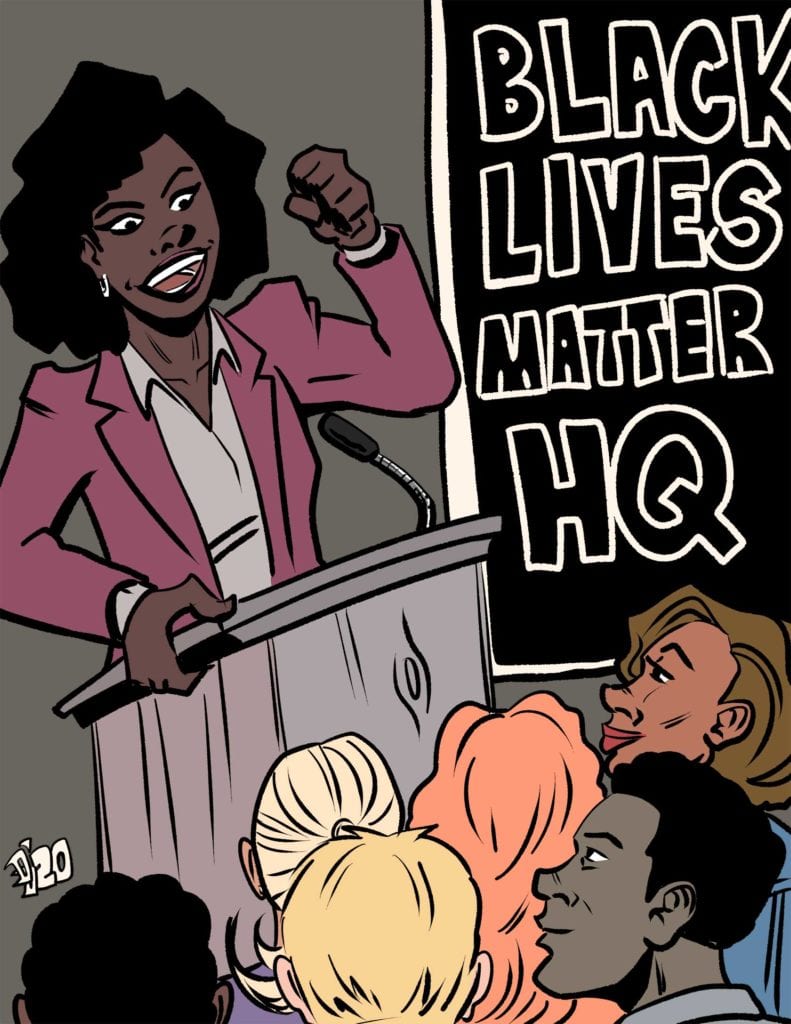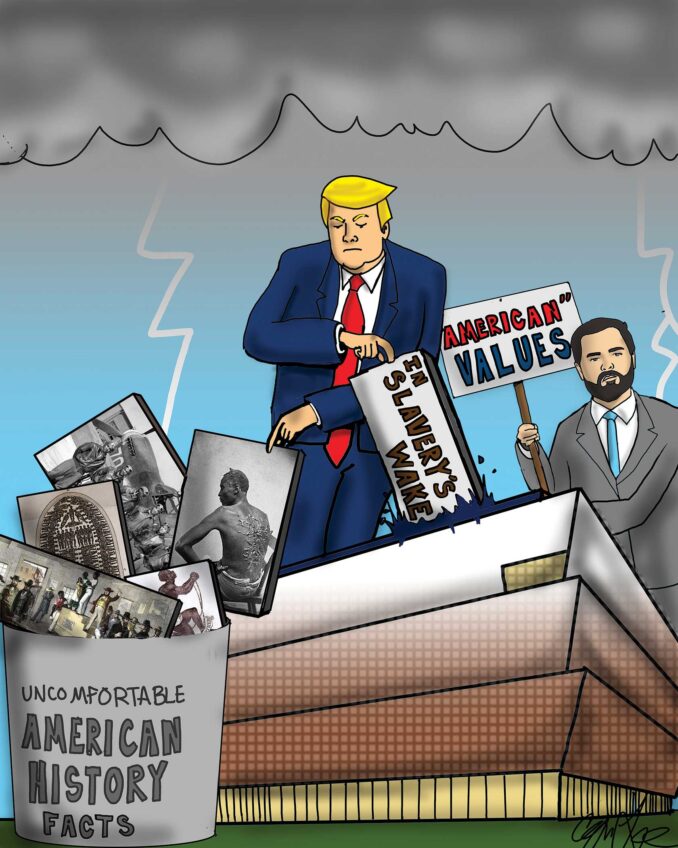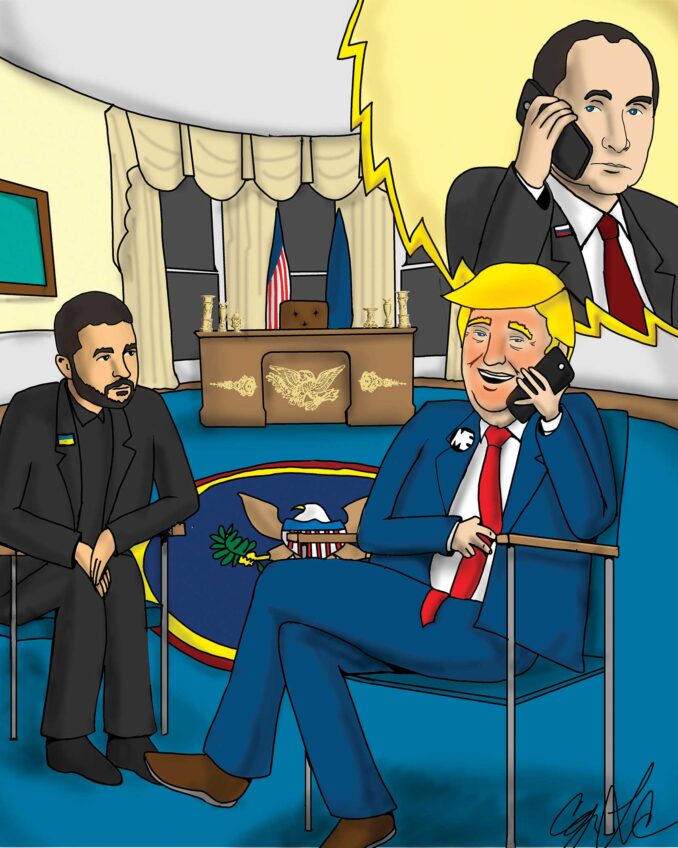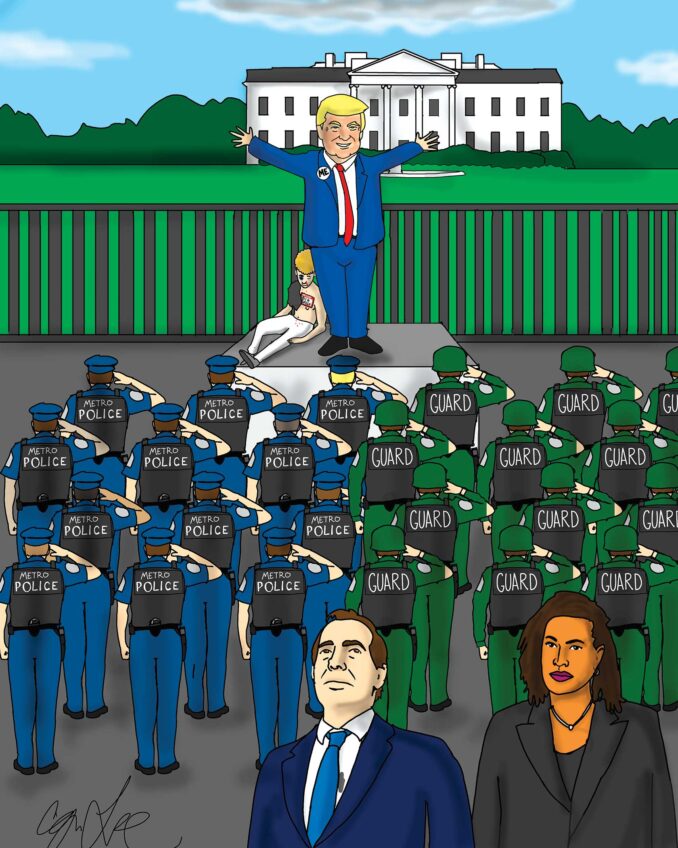Gun control: the next social change movement
Prevalent availability of guns in America makes it impossible to disarm the police

Most people now accept the slogan “Black Lives Matter,” but not Donald Trump. In a recent interview, he complained that the police actually kill more whites. Apparently in Trump’s view, the black complaint is vitiated by the fact that substantially more whites die at the hands of the police. With 1,003 people shot to death by the police in 2019, it is bizarre to take comfort in the racial mix of the victims.
Some well-meaning supporters of the Black Lives Matter movement have attempted to rebut Trump’s position by pointing out that the number of blacks killed by the police was racially disproportionate. Those protesters would apparently be satisfied if the number of blacks killed by the police was the same percentage of the black population as were the whites.
The real issue, however, is that there is a great flaw in American culture for us to give the police license to be so brutal and violent. The liberals recognize this, so they adopted “defund the police” as a policy alternative. While that is a catchy phrase, it provides no hint of a useful implementation. In fact, its vagueness helps the opposition.
It should be clear to everyone that the prevalent availability of guns in America makes it impossible to disarm the police. The legal foundation for this policy rests on the Second Amendment to the U.S. Constitution. When this country was established, there were 13 original states: New Hampshire, Massachusetts, Connecticut, Rhode Island, New York, New Jersey, Pennsylvania, Delaware, Maryland, Virginia, North Carolina, South Carolina and Georgia. The map of the United States in 1776 did not look at all like it does today.
The Founding Fathers knew that there would be changes in the structure of the states. Residents of Maine had even moved to be independent from Massachusetts, and that was achieved in 1819 with the Missouri Compromise in a friendly separation. With the hostility between the free and slave states, the Founding Fathers knew there could be violent conflicts between states. The Second Amendment to the Constitution was approved to enable states to maintain armed militias against hostile neighbors.
It was always anticipated that, like other countries, the United States would maintain an army and a navy to defend the nation against foreign enemies, but arms and munitions would be provided by the federal government. There was no expectation that citizens would possess cannons or other weapons of war. The weapons anticipated by the Second Amendment were muskets equivalent to hunting rifles. Those are the kinds of weapons that the Second Amendment sanctioned as “the right of the people to keep and bear arms.”
Americans now take it for granted that the republic has 50 states, but the process of achieving unity has been a challenge. Maine separated from Massachusetts so that there would be an equal number of slave and free states. Virginia surrendered seven counties to Kentucky in order to resolve political disputes in the Commonwealth of Virginia. Texas was a republic from 1836-1846 that rebelled and separated from Mexico. As the U.S. Supreme Court recently ruled, part of Oklahoma actually belongs to five tribes of Native Americans.
With such ethnic, cultural and religious diversity, it is impossible to avoid a high level of conflict in America. The challenge has always been to develop from such diversity a productive and united citizenry. But the history of conflict has also created a rich market for the National Rifle Association and the gun manufacturers.
Opposition to violence and brutality by the police has generated an uncommon spirit of solidarity among many Americans of different races and social classes. There is a great opportunity to divert the energy for change to the development of greater controls on the availability of firearms. Then there will be a strong foundation for changing the oppressive culture that is frequently adopted by the police.






